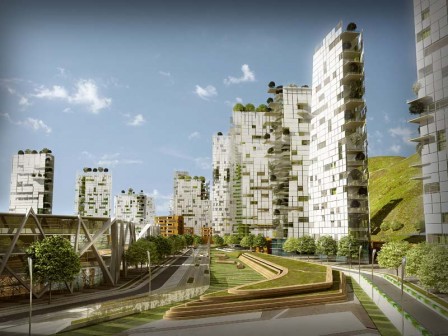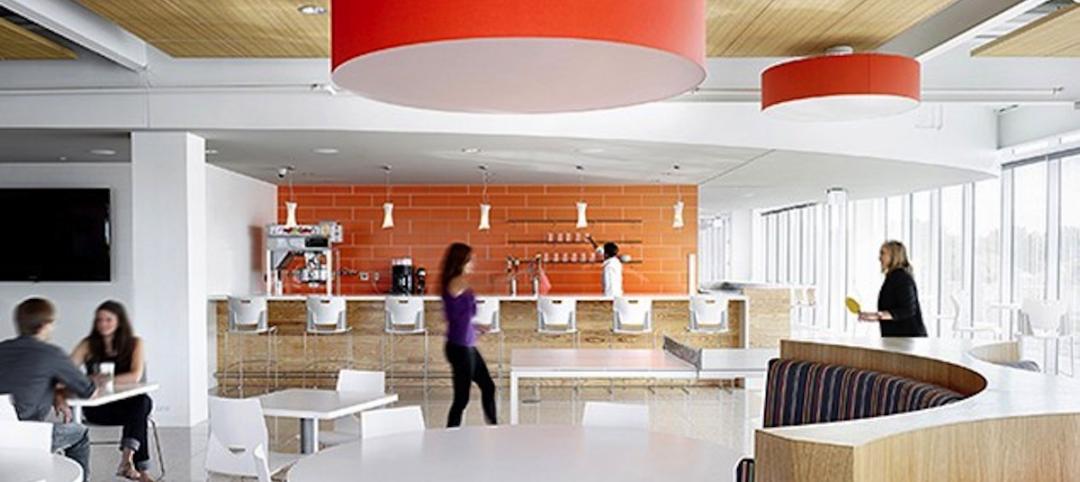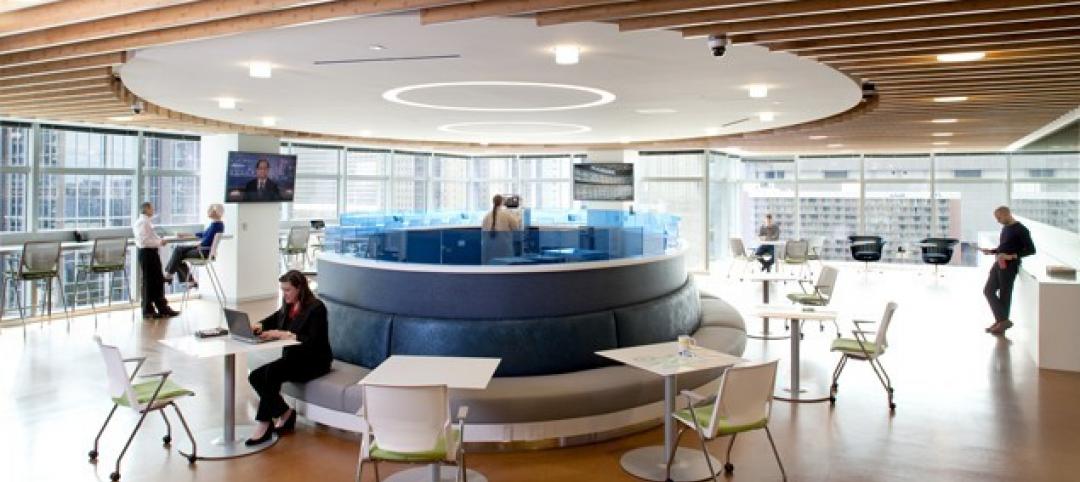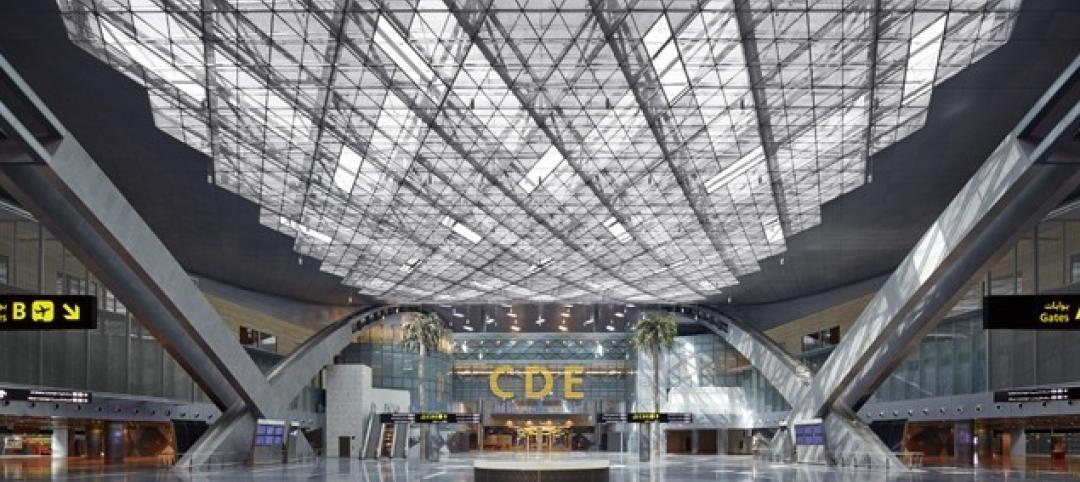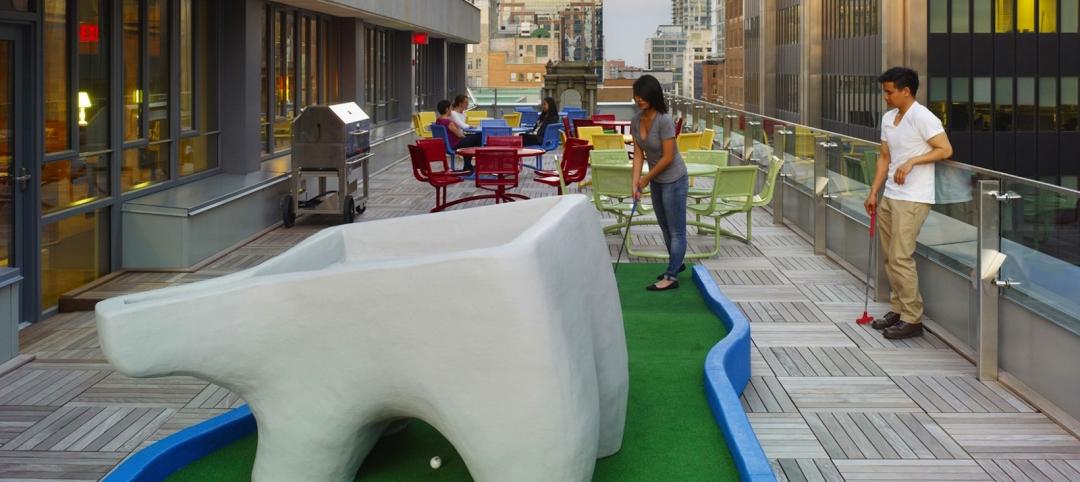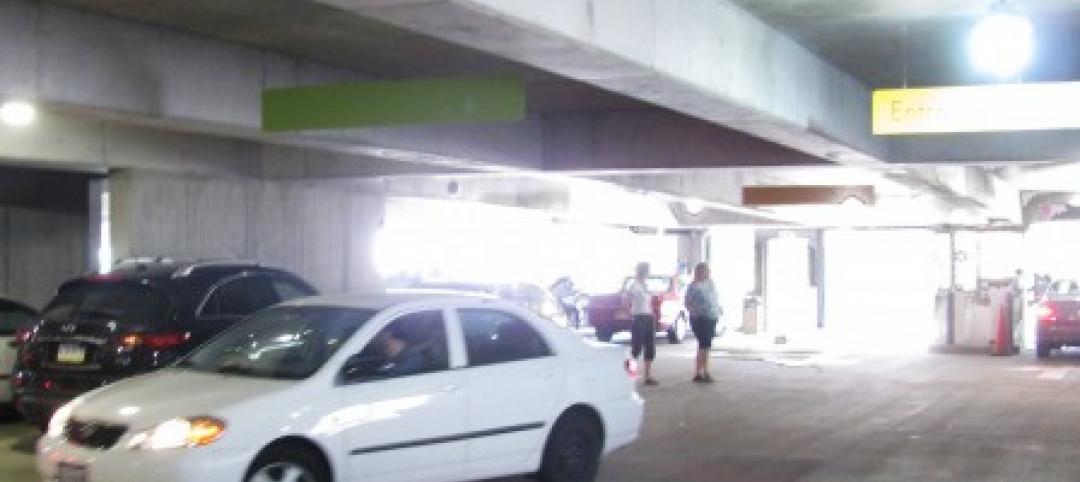Our collective desire to live in cities has never been stronger. According to the World Health Organization, 60% of the world’s population will live in a city by 2030. As urban populations swell, what people demand from their cities is evolving.
In India and China, developers have embarked on ambitious projects aimed at promoting interactivity between people and the environment by creating “generous cities.” In generous cities, the natural setting guides designers as they integrate environmental, social and economic systems. The goal is for the built environment to function as efficiently as the local ecosystem.
Created with Biomimicry 3.8, HOK’s Fully Integrated Thinking (FIT) tool enables designers to inform their decision-making by crunching data from 15 categories to determine a city’s characteristics. From transportation and commerce, to water and atmosphere, these categories reveal a setting’s strengths and weaknesses.
In Lavasa, India, and Meixi Lake, China, HOK planners, urban designers and architects worked with Biomimicry 3.8 biologists to recreate ecosystem services in the built environment. We wanted to move closer to achieving a city where biodiversity blossoms and living conditions promote well-being.
“We have to figure out what those ecosystem functions are, deem them important enough to replace and then determine how to do it in the built environment,” says Jamie Dwyer, a biologist and design strategist who worked on the Genius of Biome report created by HOK and Biomimicry 3.8.
In Lavasa, a deciduous forest ecosystem set on 12,500 acres of land southwest of Pune, the natural habitat had been annihilated by four centuries of slash-and-burn agriculture. The team set out to create a city where sustainable interactivity reigns. The plan calls for five urban villages, connected by footbridges and featuring nature-inspired buildings, to make up the city.
The key for the designers was to identify the most important ecosystem services in Lavasa’s biome. Water collection, storage and filtration are crucial, as the city sees 30 feet of rainfall during monsoon season, followed by a period of drought.
Read the full post at Life at HOK
 About the author: Thomas Knittel, AIA, LEED AP BD+C, is a senior principal of design in HOK’s Los Angeles studio. He is the firm’s leading expert in biomimicry—drawing inspiration from natural systems to solve human problems—and holds a Biomimicry Specialty Certificate from Biomimicry 3.8. The organization also honored him with the 2013 Excellence in Biomimicry Award. More on Knittel.
About the author: Thomas Knittel, AIA, LEED AP BD+C, is a senior principal of design in HOK’s Los Angeles studio. He is the firm’s leading expert in biomimicry—drawing inspiration from natural systems to solve human problems—and holds a Biomimicry Specialty Certificate from Biomimicry 3.8. The organization also honored him with the 2013 Excellence in Biomimicry Award. More on Knittel.
More from Author
Life at HOK | Apr 21, 2015
How to create an 'emotionally intelligent' workplace
Emotional intelligence is the leading predictor of performance in the workplace and the strongest driver of leadership and personal excellence.
Life at HOK | Feb 6, 2015
6 factors steering workplace design at financial services firms
Grossly underutilized space and a lack of a mobility strategy are among the trends identified by HOK based on its research of 11 top-tier financial services firms.
Life at HOK | Jan 6, 2015
Airports apply technology to maximize hospitality
Technology is transforming the guest experience and enabling designers to reimagine a new hospitality-oriented destination airport terminal.
Life at HOK | Dec 28, 2014
The future of airport terminal design: destination status, five-star amenities, stress-free travel
Taking a cue from the hospitality industry, airport executives are seeking to make their facilities feel more like destinations, writes HOK's Richard Gammon.
Life at HOK | Nov 17, 2014
Hospitality at the workplace: 5 ways hotels are transforming the office
During the past five years, the worlds of hospitality and corporate real estate have undergone an incredible transformation. The traditional approach toward real estate asset management has shifted to a focus on offerings that accommodate mobility, changing demographics, and technology, writes HOK's Eva Garza.
Life at HOK | Oct 13, 2014
The mindful workplace: How employees can manage stress at the office
I have spent the last several months writing about healthy workplaces. My research lately has focused on stress—how we get stressed and ways to manage it through meditation and other mindful practices, writes HOK's Leigh Stringer.
Life at HOK | Sep 9, 2014
Using Facebook to transform workplace design
As part of our ongoing studies of how building design influences human behavior in today’s social media-driven world, HOK’s workplace strategists had an idea: Leverage the power of social media to collect data about how people feel about their workplaces and the type of spaces they need to succeed.
Life at HOK | Aug 16, 2014
The science of learning: Designing the STEM learning facilities of the future
New technology and changing pedagogies are influencing how to best teach a generation of learners who have never known a world without smartphones or tablets, writes HOK's Kimberly Robidoux.
Life at HOK | Aug 5, 2014
Will driverless cars kill the parking structure?
A report from Deloitte highlighted how driverless cars could dramatically alter car ownership in the future, pushing the pendulum from ownership to rentals and ride sharing.
Life at HOK | May 19, 2014
What can architects learn from nature’s 3.8 billion years of experience?
In a new report, HOK and Biomimicry 3.8 partnered to study how lessons from the temperate broadleaf forest biome, which houses many of the world’s largest population centers, can inform the design of the built environment.

